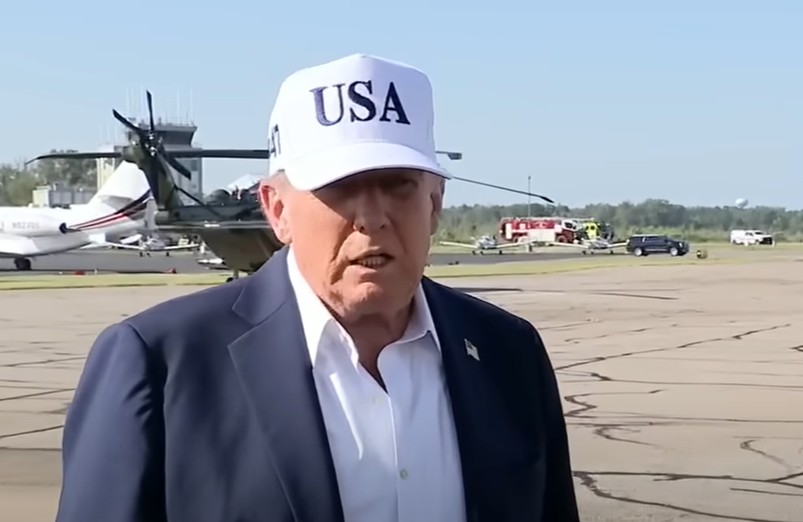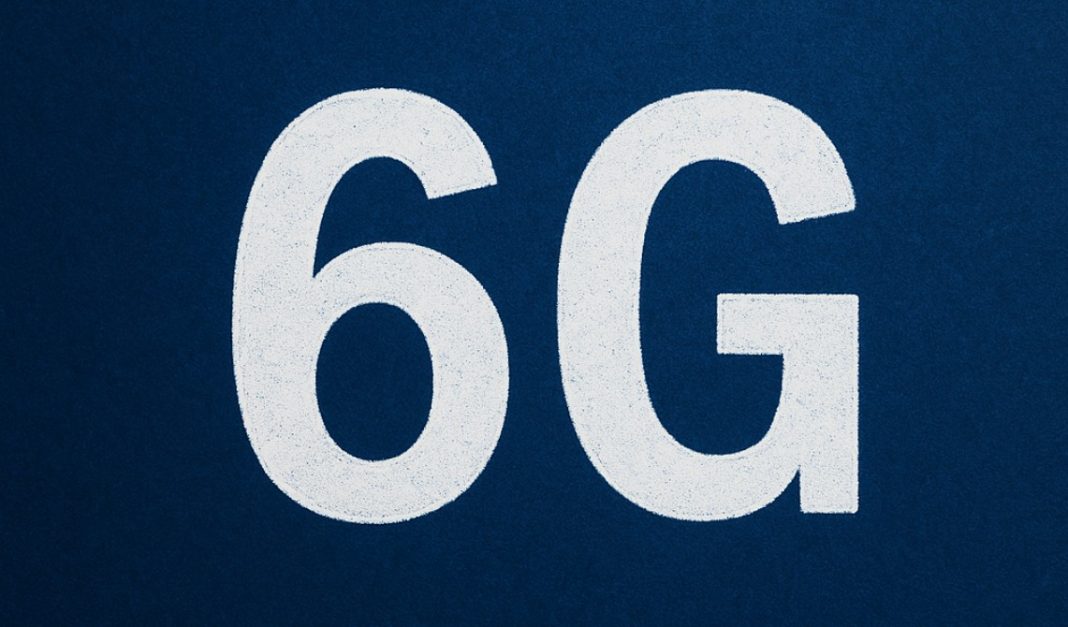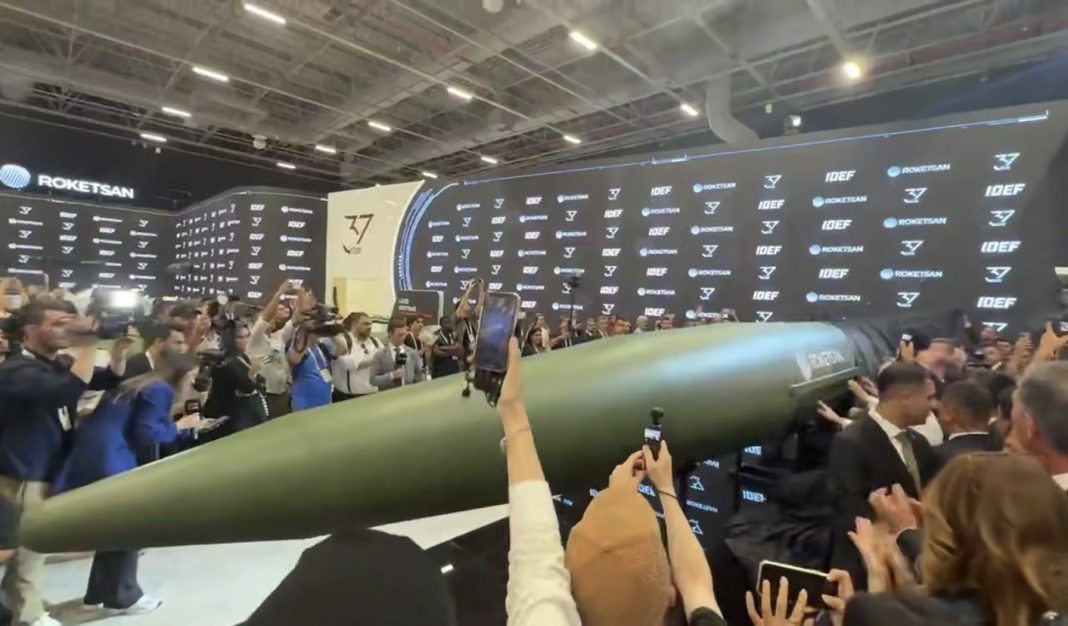Washington, D.C. — July 25, 2025 – President Donald Trump on Friday signaled that the United States may impose secondary sanctions on Russia earlier than previously announced, leaving open the possibility of accelerating punitive measures against Moscow’s economic lifelines.
“We are looking at the whole situation. It could be that we will have to put secondary sanctions,” Trump told reporters before boarding a flight to Scotland, adding they could arrive “sooner than 50 days.”
The remark comes less than two weeks after Trump issued a 50‑day ultimatum to Moscow, warning that failure to agree to a peace deal with Ukraine by early August would trigger sweeping tariffs and sanctions.
A Deadline That May No Longer Hold
On July 14, Trump outlined an aggressive economic plan: 100% tariffs on all Russian exports and penalties on nations continuing to trade with Russia, effectively threatening to choke Moscow’s revenue streams. That clock was set to run until around August 2.
Now, by suggesting sanctions may be imposed “sooner,” Trump has introduced uncertainty for both allies and global markets.
Markets Skeptical, Oil Prices Fall
Despite Trump’s warning, investors remain unconvinced he will follow through. Crude oil prices have dropped since his July 14 announcement, with traders betting that any aggressive move—such as penalizing top Russian oil buyers like India and China—would trigger a global price shock and damage the U.S. economy.
Analysts warn that secondary sanctions, which punish foreign firms and governments for doing business with a sanctioned country, are among Washington’s most powerful but disruptive tools.
Congress Moves in Parallel
Trump’s comments coincide with progress on Capitol Hill. Lawmakers are pushing the Sanctioning Russia Act of 2025 (Senate Bill 1241 / House Bill 2548), a bipartisan measure authorizing the President to impose tariffs of up to 500% on any country purchasing Russian oil, gas, or uranium.
The legislation also expands the scope of sanctions on Russia’s financial and energy sectors, signaling rare cross-party consensus on ramping up pressure on Moscow.
Kremlin Shrugs Off Threats
Moscow’s response has been dismissive. Kremlin spokesman Dmitry Peskov told Russian media that the threat of new sanctions had not derailed U.S.–Russia dialogue, emphasizing that “talks are ongoing.”
Former Russian president Dmitry Medvedev and Foreign Minister Sergei Lavrov have mocked Trump’s 50‑day ultimatum, insisting the Russian economy can withstand external pressure.
Trump’s Policy Pivot on Ukraine
The prospect of early sanctions underscores Trump’s sharp pivot on Ukraine policy. Once skeptical of U.S. military support, Trump has recently backed new aid, including a plan to send up to 17 Patriot missile batteries to Ukraine through NATO partners — a move welcomed by European allies and Kyiv.
What Happens Next
The President has not specified when sanctions might begin or what exact measures would come first, but by publicly floating the idea of early enforcement, he has increased diplomatic and market pressure.
Analysts say Washington could attempt to tighten oil price caps or work with partners to restrict Russian exports before unleashing the most punitive tools. Others caution that aggressive secondary sanctions could reverberate globally, pushing up energy prices and straining relations with countries caught in the crossfire.




